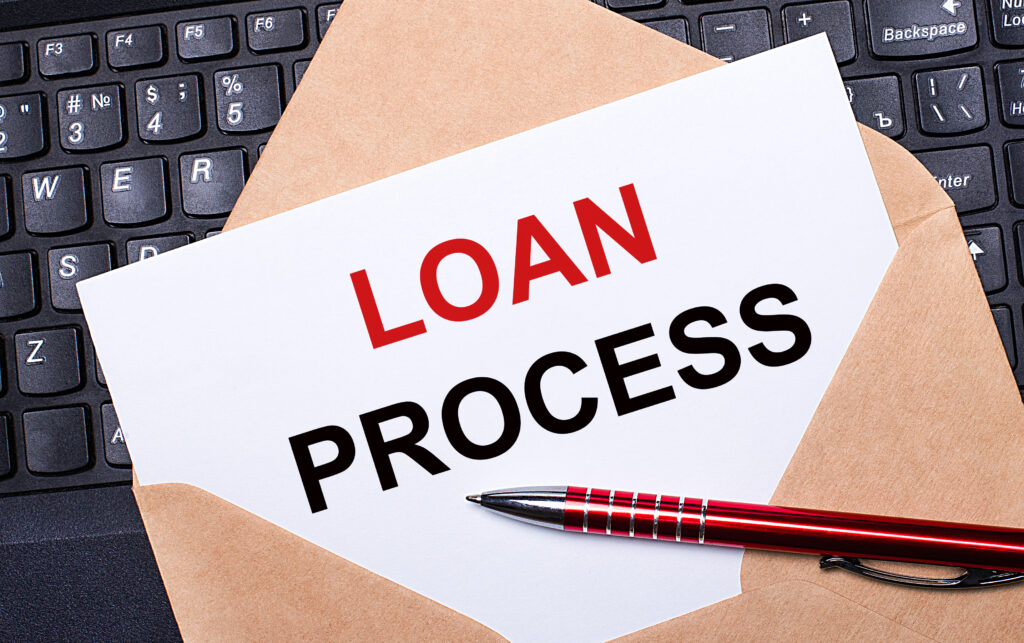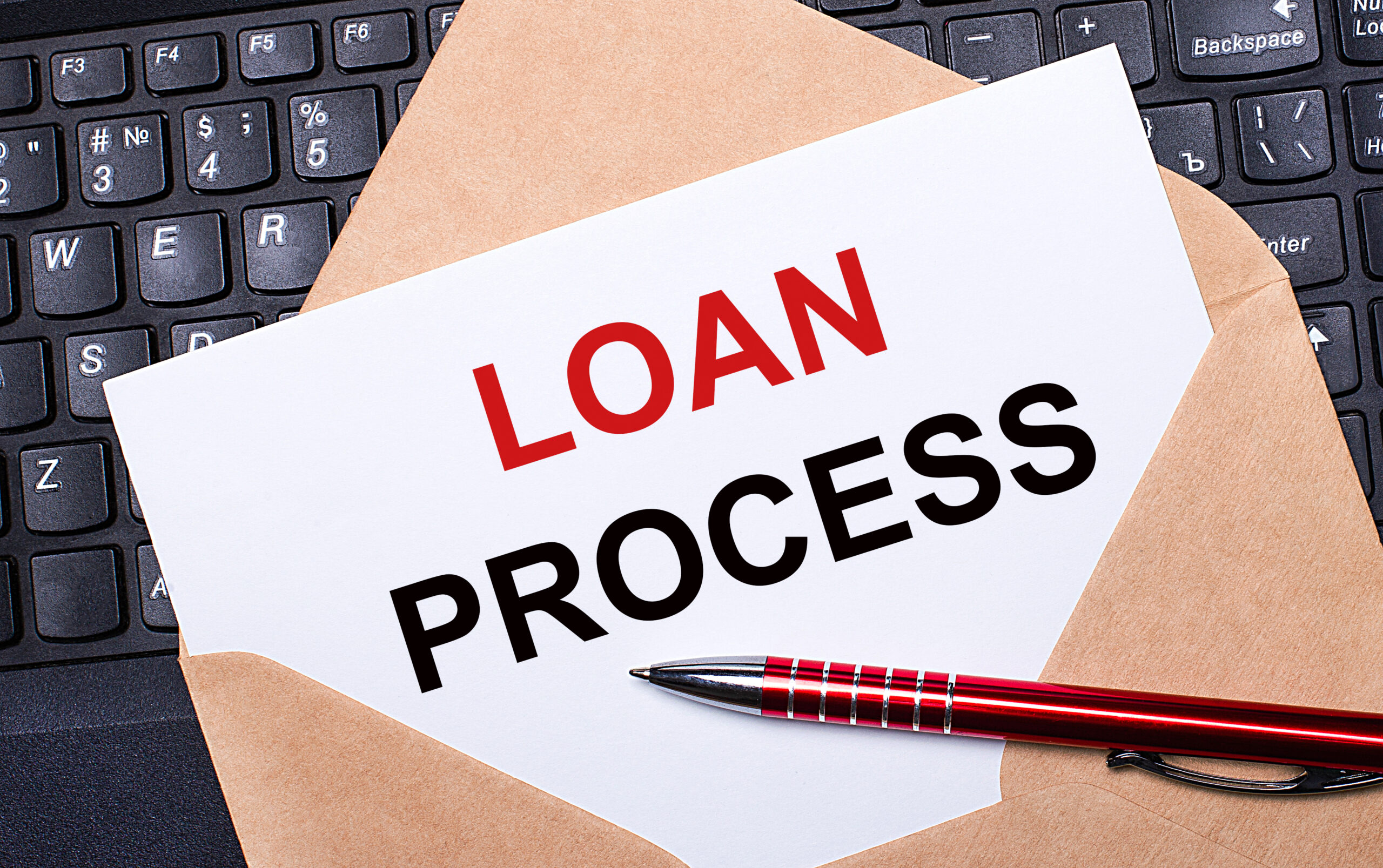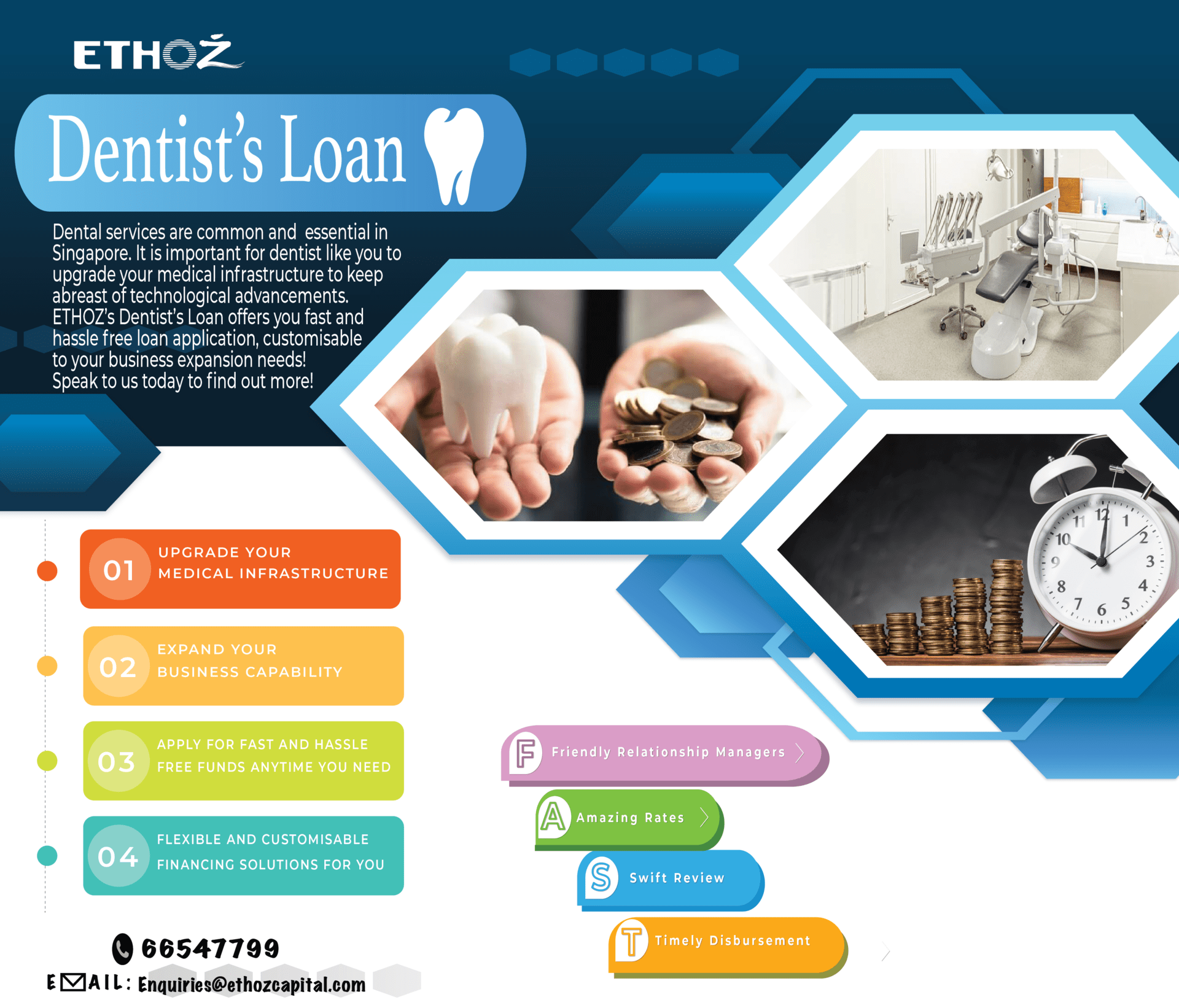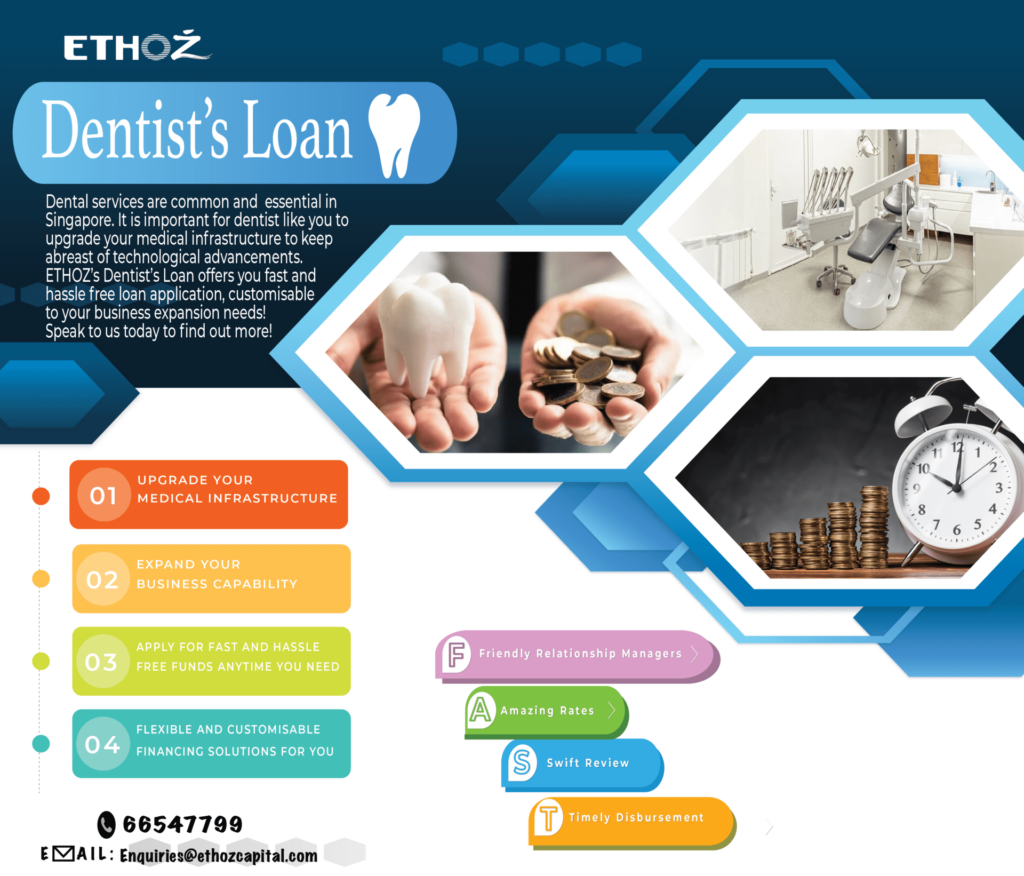What is Working Capital?
The lifeblood of a company is cash. To be more exact, liquidity. Working Capital or Net Working Capital, simply put, is a financial metric which tells us whether a business has enough funds to meet its short-term expenses and financial obligations. It is these funds that enable a business to stay IN business, as it allows the owner to pay of its suppliers, to pay rent, utilities, without which there would be no premises to work from, no raw materials to produce products and no place to provide services.
Aside from commercial ventures, all other kinds of organisations ranging from kindergartens to government bodies and even charity are rightfully concerned about managing their working capital needs. A clear illustration of working capital these days is countries needing to borrow money, downsize its operations or collapsing totally if it cannot find a lender. If a country or company cannot pay its bills, they take a loan. This can be from the International Monetary Fund (IMF), from individuals through bond issuance or even from sovereign funds. As witnessed in the recent US debt-ceiling crisis of 2011, the inability to cover its short term liabilities results in necessary spending cuts or downsizing. Prolonged negative working capital where there is insufficient money to pay its current liabilities can lead to insolvency as we have seen during the bankruptcy of Iceland during the 2008 financial crisis when bank lending halted. We have also seen this lately with countries in the region. On a different scale, businesses face the same prospects with bad working capital management and good capital management is just as important to companies as they are to countries.
The Importance of Working Capital
Working capital is important because it determines an enterprise’s going concern. It affects many aspects of a business from being able to keep the lights on to paying out salaries. Most importantly, it also determines a company’s long-term sustainable and healthy growth. Improper working capital management can lead to insolvency, which may result in loss of control if taken into receivership. Insolvency can also lead to personal liability on obligations such as loan payments. A court could order garnishment of personal property, and future loans (whether personal or corporate) could be difficult to obtain due to a diminished credit rating. The consequences could potenially be far-reaching.
As a metric, working capital provides a broad look at the direction in which the company is heading over time, usually a period of 1 year. It tells the entrepreneur if the business has been successful or not. It also signals if any rectification is needed, or if there are better ways of utilising the company’s liquidity. As a flow variable, as opposed to stock, working capital is more closely related to the balance sheet and information from it can be used to determine if a business can continue operations or is facing insolvency. However, it is only a broad indicator and further investigation into its components would tell a deeper story. For example, if current assets consist of financed capital such as loans, then a business owner has to consider if the borrowed money is efficiently and effectively deployed or if it is just sitting idle. In such a scenario, there is an impact on the company’s Profit and Loss through interest expense incurred on the loan. The prudent businessman would have to evaluate if the loan generates a level of operating income to justify the interest paid. This is where active working capital management comes in. Now that the importance of working capital is established, let’s look at how it is calculated and what it can tell a business owner about the health of his company and how he should act.
How to calculate Working Capital?
Working capital, or specifically net working capital is calculated as: Working capital = Current Assets – Current Liabilities. Current Assets are a total of the accumulation of the liquid and near-liquid assets of an organisation. It represents all the assets that can be encashed rapidly: cash, accounts receivable, prepaid liabilities, inventory, marketable securities and short-term investments such as fixed deposits and certificates of deposit (CDs). Current liabilities, on the other hand, are obligations that have to be paid in cash within the fiscal year.
Determining which items are to be included in the list of current assets and current liabilities depends on the size of the company, which industry it is in, and how conservative the finance wants to be. In essence, this decision sets up the bench mark at which the company operates.
Permanent Working Capital
This takes into account the absolute minimum amount of cash required to run a business. They are funds that are constantly tied up in current asset items like inventory and the daily cash needs, without which, the business would not even be able to start up at all. This amount of working capital would not be freed up under normal circumstances unless there are any divestments or the company is being wound down.
Regular Working Capital
Regular working capital further considers what the business needs for its daily operations. For example, this could be the inventory that a shop needs or the cash to pay for staff, inventory, utilities, rent and to keep in the cash register for giving change. If this measurement falls negative after deducting all these expenses from revenue, it means that the enterprise is bleeding cash and cannot maintain its obligations in the long run. Its survival would be called into question.
Reserve Margin Working Capital
Business cycles often deal shocks that some companies do not emerge from. In addition to day-to-day activities, businesses need to cater for unforeseen circumstances. Reserve margin working capital is essentially a fund kept aside for rainy days such as the recent Covid pandemic.
Variable Working Capital
When opportunities come knocking, it pays to be able to react quickly to grab them. During this period there would be temporary costs and to absorb these costs, current assets need to be increased through available sources such as loans.
Seasonal Variable Working Capital
Certain industries are inherently cyclical in nature such as retail where festive occasions usually bring in more sales. These periods may require extra working capital to meet increased demand, especially if the business needs to ramp up production or its sales inventory.
Special Variable Working Capital
Similarly, supplementary working capital is funds needed to capitalise on exceptional or unforeseen opportunities. These could be one off situations like promotions, fire-sales, or even calamities like floods or fires.
When the components have been established, analysts would like to know whether the net working capital figure is negative, positive or nets out to zero. A negative figure means that the company is not able to cover all the payments it needs to make in the short term. This suggests that it is over spending, or that an investment made is not generating a good return. A result of zero is slightly less pressing but it still suggests that the business is barely breaking even. There is no leeway to take on additional burdens, even though these immediate investments may bear fruit in the future. A positive figure may not generate panic but the question of whether the excess funds can be made more productive has to be thought through.
Looking at a single is not enough. The same components can be expressed as the “current ratio”, which takes current assets and divides it by current liabilities. Other measures of liquidity like the quick ratio and net cash flow should also be viewed in conjunction with working capital. To serve as a benchmark in determining whether the magnitude of the calculated is a good or bad result, it has to be compared with the average for that particular industry.
Day sales outstanding which refers to the average number of days it takes a company to collect payment after it makes a sale, the collection ratio which is the average amount of time that a company would be able to collect its trade accounts receivables and the inventory turnover all provide further insights to the net working capital calculation. These metrics come as a set and provide an answer on what went wrong and how bad it is.
Reasons Why Businesses Require Additional Working Capital Grants
Businesses first want to survive and then to grow. There are several reasons associated with these objectives that require additional working capital. Often, working capital loans are taken to fund the day-to-day operations of a business. This can range from covering the month’s wages to settling accounts payable. Some businesses are cyclical and go through periods of lower operational cash flow, so sometimes the need for capital to keep the operations going may arise. To survive, a business also needs to be able to weather accidents, financial downturns or natural disasters and might need additional working capital. To expand, additional working capital might be needed to acquire larger premises, rent equipment, to hire additional staff or purchase machinery to improve efficiency.
In such cases, a company needs a cash boost fast. Working capital loans can provide this quick cash top up. Typically, these are unsecured and one does not need to put any assets on the line, it can help improve cash flow, there is no risk to company equity and best of all, there is freedom to decide how the money is used. Aside from banks, other private financing companies such as ETHOZ also offer business solutions such as these. The facilities provided are often much more competitive than traditional lending sources. New businesses that have little or no financial records can avail themselves of much needed funds, often with more flexible terms.
How to Boost Working Capital?
Boosting working capital is as simple as taking a loan. These cash injections immediately increase net working capital. Secured and Unsecured term loan, hire purchase, and equipment leasing could be used to obtain equipment necessary to expand operations. Corporate financing is available at ETHOZ for expensive office equipment like laptops and printers, where the monthly payments are a lot more manageable than a heavy cash outlay to make purchases. The Biz-Growth Loan offered by ETHOZ is a type of Unsecured Term Loan which can be used for such purposes. The benefit is that such unsecured loans are more flexible as they do not require any kind of collateral.
Likewise, property loans and renovation loans inject liquidity into the companies’ books and at the same time frees the owner from making large front-loaded payments.
In Singapore there is a wide variety of financing options available to suit the needs of businesses. Some of these include:
a. Unsecured Loan
Such loans do not require collateral and rely on a borrower’s credit worthiness. If a borrower defaults on payment, the lender cannot claim any property. However, it can employ the services of a collection agency or seek court action. As a result, unsecured loans usually require a higher credit worthiness score or have higher interest rates. In some cases, a guarantor or cosigner might be required. The difficulty is finding someone who will fulfill this role, as the guarantor is fully liable for repaying the loan in the event of a default.
b. Secured Loan
In contrast, borrowers taking out a secured loan can pledge high value assets such as property, vehicles, bank savings, investment accounts or even account receivables.
The benefits are that the borrower can have access to more funds, often at a better interest rate and terms as compared to unsecured loans. Collateral also makes it possible for those with lower credit scores to get a loan.
c. Hire Purchase
Hire purchase refers to assets such as machinery and vehicles where there is the option for the legal transfer of ownership to the borrower. The advantages of such a loan are that the asset serves as a form of collateral and interest rates are generally lower than with unsecured loans. There is also the opportunity to refinance the loan or to negotiate a reduction in the interest rate or an extension of the loan tenure to make repayments more manageable if the need arises.
The downside is that the asset can be repossessed if there is a default and no agreement can be reached.
How Working Capital Relates to Profitability
At the end of the day, every business’s primary concern is profitability. Effective working capital management ultimately leads to profitability. It provides the tools to monitor solvency and liquidity ensuring that daily operations are profitable and that future operations continue to be profitable through the ability to plan for business expansions.
- https://www.investopedia.com/terms/w/workingcapitalmanagement.asp
- https://quickbooks.intuit.com/in/resources/accounting/what-is-working-capital-meaning-types-factors/
- https://www.lsta.org/content/green-loan-principles/
- https://www.dbs.com/newsroom/DBSHK_Haier_ESGlinkedloan_Jan2022_EN
- https://www.mas.gov.sg/monetary-policy/liquidity-facilities/mas-sgd-facility-for-esg-loans



















